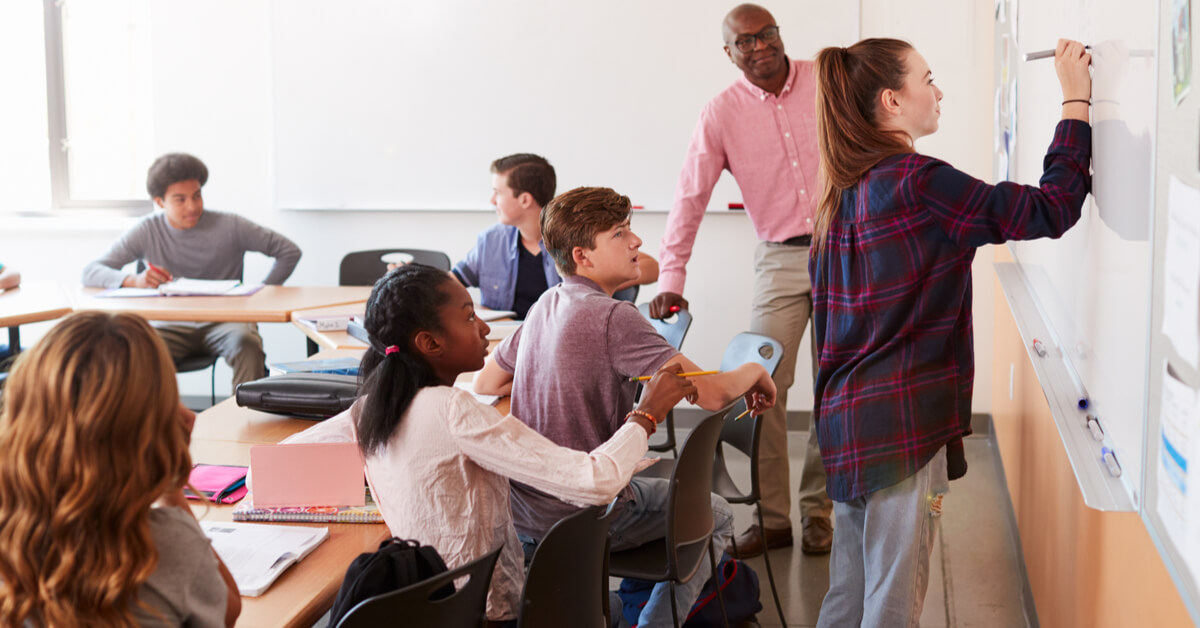Have you ever been in a class where you had to work in a group and you did all of the work? Have you assigned group work and seen students letting others do the work for them? Collaborative groups sound like a good idea, but we all know that things can go south pretty fast if students don’t or won’t work effectively in teams. It turns out that Mastery Learning classrooms are ideally suited for students working together effectively.
When done well, collaborative groups can be magical and amazing. In this article, we will learn how to ensure that your students work well together and how some inherent aspects of Mastery Learning make groups more effective.
This article is one in a series where we will discuss how you can make mastery learning a reality. In this series, I am sharing how I, and thousands of other teachers, have transformed classrooms into a place where every student succeeds. In my previous articles, I gave an overview of Mastery Learning, then we learned that you don’t have to lecture to the whole class at the same time ever again, how to create a flexible pace for other…


